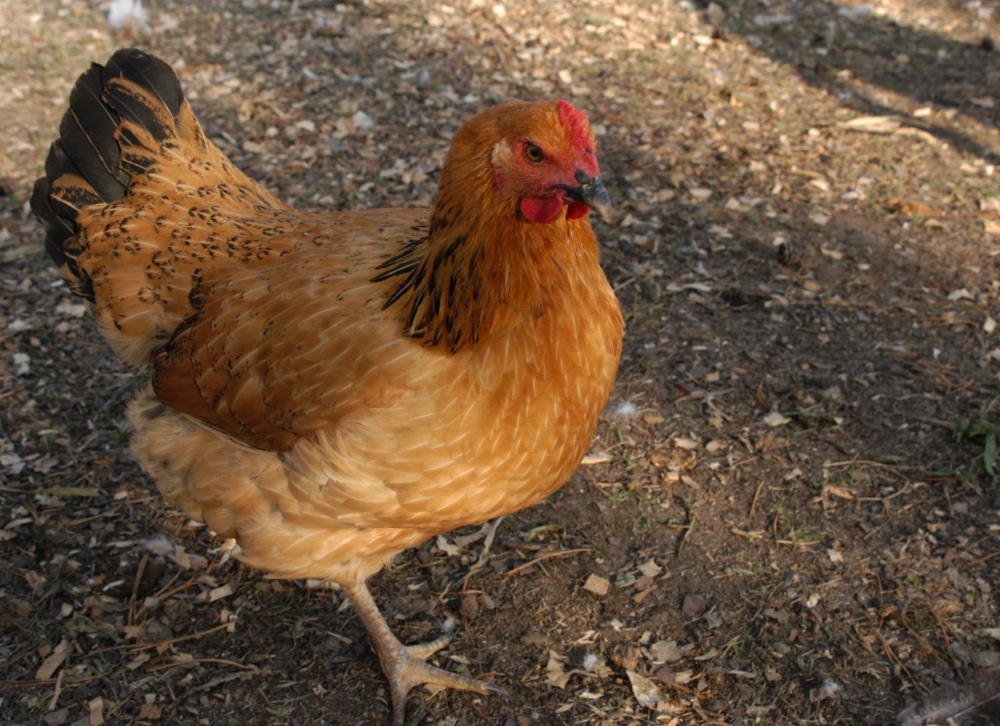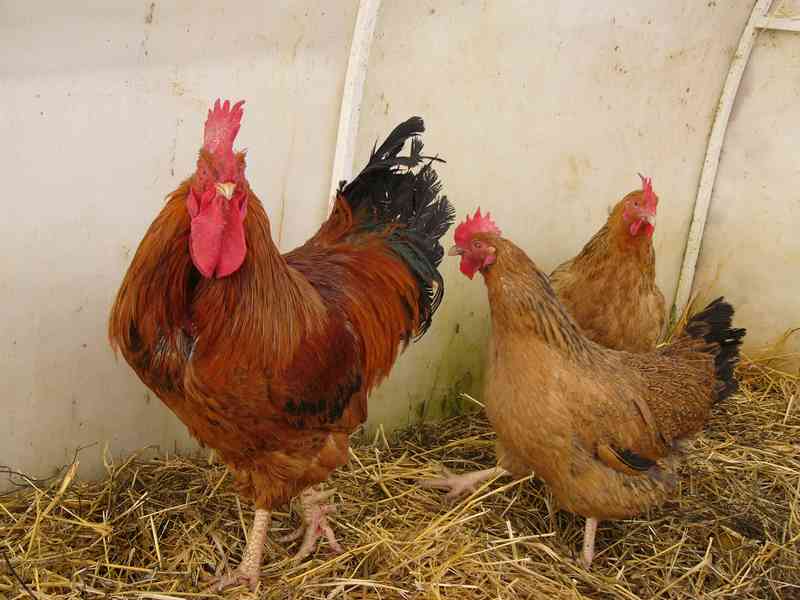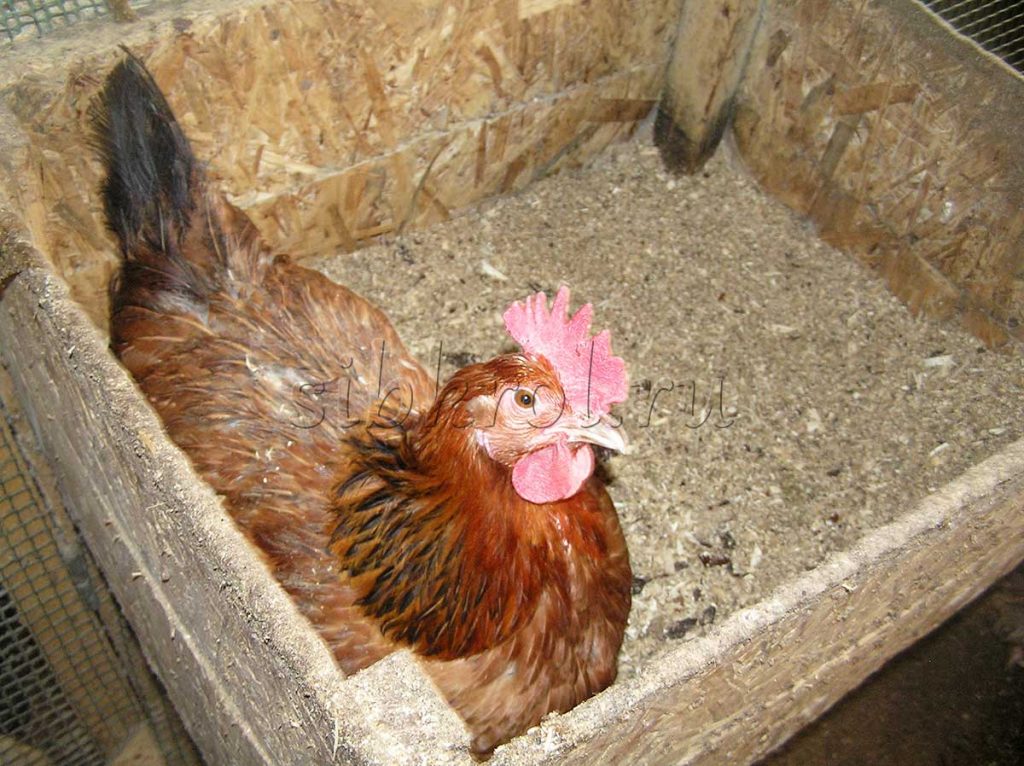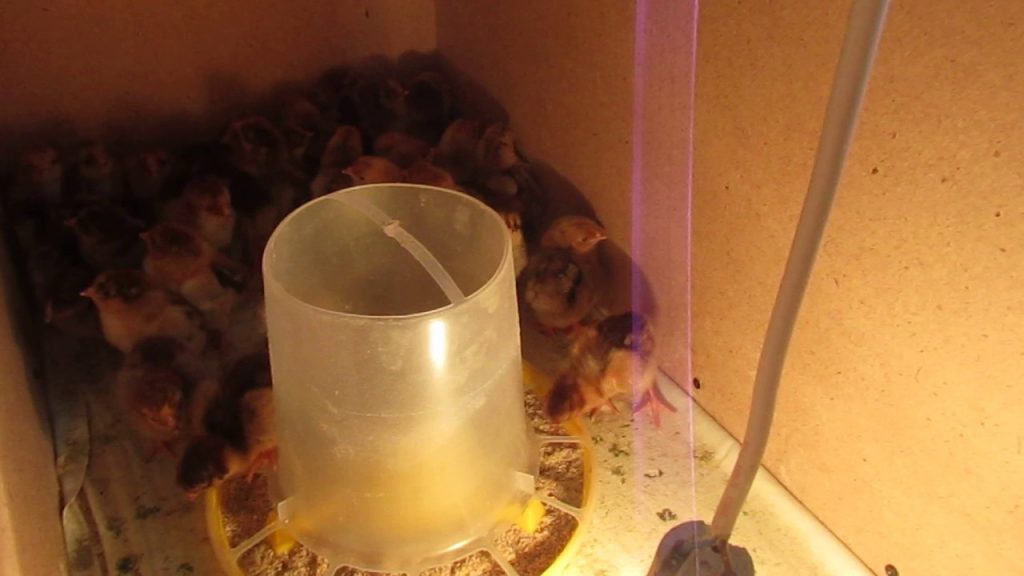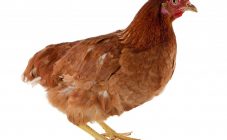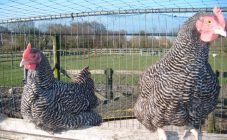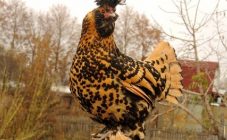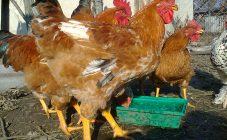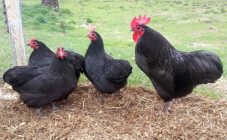Content:
Chickens are the most demanded bird in agriculture. Due to their unpretentiousness and high productivity, chickens occupy a leading position in preference for novice and experienced farmers. The Kuchin breed of chickens is one of the most numerous and popular in the post-Soviet space.
Origin story
In the Moscow region, there is the Kuchinsky breeding plant, which celebrated its 25th anniversary in 1954. In the same year, the breeders of the enterprise bred a breed of chickens known in Russia and neighboring countries - the Kuchin Jubilee. For several years after the appearance of the breed, it was presented at poultry exhibitions in different republics of the former USSR. For several decades, the breed managed to gain popularity and its number on farms in the USSR exceeded the number of foreign highly productive crosses.
In less than half a century, the number of livestock exceeded one million. At the same time, in 1990, the breed received official recognition, having passed the standardization procedure, and was included in the register in the category of meat and egg type of productivity.
Breeding work
Breeders have been working on improving the breed for more than one decade. In the course of breeding work, representatives of the following breeds were involved:
- Australorp;
- Livenskaya;
- Russian white;
- Plymouth Rock;
- New Hampshire;
- Rhode Island.
The goal of the scientists was to create a productive frost-resistant breed with high survival rates and low maintenance requirements.
Description of the breed of chickens Kuchinskaya jubilee
The standard spelled out the requirements for the exterior characteristics that determine the breed. Comparison of external characteristics and other indicators in hens and roosters of the Kuchin breed are presented in the table.
| Breed signs | Cock | Hen |
|---|---|---|
| The weight | 3.5-3.7 kg | 2.5-2.6 kg |
| Color | Red with a golden mane and black tail braids. Flight feathers of the wings are black and green. The feather shaft is light. | Calico color is a combination of a golden hue with black stripes on the feathers. Tail feathers are dominated by black color. The lining is gray. |
| Plumage | Medium hardness with developed braids. Feathers are most densely located in the area of the saddle and mane. | Medium firm with a lot of down. Healthy individuals have silky and shiny plumage. |
| Body type | The elongated trunk, set horizontally with pronounced, developed muscles. | Trapezoidal body with a prominent chest, developed skeleton and pronounced hips. |
| Crest | Highly developed, simple, 5-7 fine teeth. | Small in size, erect scarlet crest. The teeth are of medium length. |
| Beak | With a curved end, wheat shade. | Medium length, same color as roosters. |
| Paws | Middle length. Painted in a wheat yellow shade. | Smaller than roosters, wheaten-gray. |
| Wings | Long, with developed flight feathers, closely adjoin the body. | Middle length. Tightly pressed against the sides. |
| Eyes | Medium red-orange hue. | Orange shade, not set deep. |
| Ring size | 20 | 18 |
Egg production
Description of the egg performance of the Kuchin anniversary breed of chickens in numbers:
- reaching puberty at 5.5-6 months;
- egg production in the first year of laying - up to 180 pieces;
- peak egg production - the first 1.5 years;
- average egg weight from 55 to 60 g.
The shell color is light brown, rarely cream at the beginning of the clutch. After the first year of laying, Kuchin chickens reduce their egg production by 10-15% per year. After the third year, keeping hens is economically disadvantageous.
Content requirements
Kuchin chicken is suitable for keeping in regions with a harsh climate and adapts perfectly to changes in weather conditions. Endurance, unpretentiousness and character traits of the breed dictate the following requirements for the content.
- Chickens should be provided with an insulated house for the winter. Heating is optional.
- The minimum permissible air temperature is +5 degrees. The optimum temperature and humidity for preserving the masonry is 11-19 degrees and 55%.
- Cellular content is acceptable but not desirable. Kuchinki prefer to live in spacious poultry houses with an extensive outdoor yard.
- Outdoor content is preferred. To save space, it is permissible to install perches no higher than 70 cm. The calculation is made based on the dimensions of the bird - no more than 3 individuals per 1 meter of timber.
- The walking yard should be fenced - birds are able to take off up to 1.5 meters.
- Feeders and drinkers are selected so that the whole family has simultaneous access to them.
- Nests are installed in dark areas of the house at the rate of 1 in 5-7 layers.
The best option is to keep Kuchin chickens separately. But due to their non-conflict nature, they can get along with representatives of other breeds and get along in the same poultry house.
Feeding
Correct organization of feeding is the key to strong immunity, good egg and meat productivity. Anniversary chickens are unpretentious in nutrition, but it is necessary to maintain a balance in the diet and take care of the supply of a full range of nutrients to the herd's feeders. Further recommendations for balanced feeding.
- Cereals (whole and ground grain) make up 55% of the total daily food intake.
- Greens and vegetables - up to 30% of the total.
- The rest is food protein and vitamin supplements, meal, cake, meat and bone meal.
- When the Kuchin chickens begin to lay, the calcium supply increases - up to 10-15 grams of chalk is the daily requirement of the layer.
- Table salt serves as a source of sodium in the diet.
- Baker's yeast is essential for efficient digestion and strengthening the immune system.
- Periodically, it is recommended to supplement the diet with fish oil, meat and fish scraps, and other products containing animal proteins.
- It is advisable to calculate how much feed is required and not to supply more in the trough than necessary. Laying hens are prone to obesity, and this negatively affects the quantitative indicators of the clutch.
Reproduction
Anniversary chickens are distinguished by a highly developed incubation instinct. Incubation of eggs takes 21 days, which is the standard time for all chicken varieties. The advantage of the breed is that the sex of the chicks can be determined already in the first week of life. Kuchin autosex chickens - how to distinguish sex is described below.
- Male chicks have brown down color and light wings.
- Future chickens have wings a tone darker than the body.
Chick care is standard, no specific requirements. Below are the main recommendations for raising chicks from the moment they are born.
- Allow chicks to dry completely under a brood hen or incubator.
- Prepare the box for relocation in advance - cover it with natural fabric, warm it up to 28-30 degrees. Reduce the air temperature by 1-2 degrees weekly.
- Maintain air humidity within 55-60%.
- Maintain sterile cleanliness in brooder or chick crate. Change the litter as it gets dirty or wet.
- Sterilize the dishes after each meal with boiling water or potassium permanganate solution.
- Maintain light mode. The first day after 4 hours of light, arrange 2 hours of darkness. Gradually increase the duration of the illuminated period and switch to natural mode.
It is necessary to feed the chicks 6-12 hours after birth, when their organisms completely process the nutrients obtained in the embryonic period. Experienced poultry farmers recommend starting feeding with a boiled egg, gradually introducing greens, finely ground grain, boiled vegetables. Kuchin chickens show a high survival rate - up to 94% with proper care.
The Kuchin breed of chickens is ideal for both beginner poultry breeders and experienced farmers. Despite the relatively low productivity rates, it has a number of other advantages. High survival rates, low feed consumption and endurance make the breed economically viable for keeping in the household.
